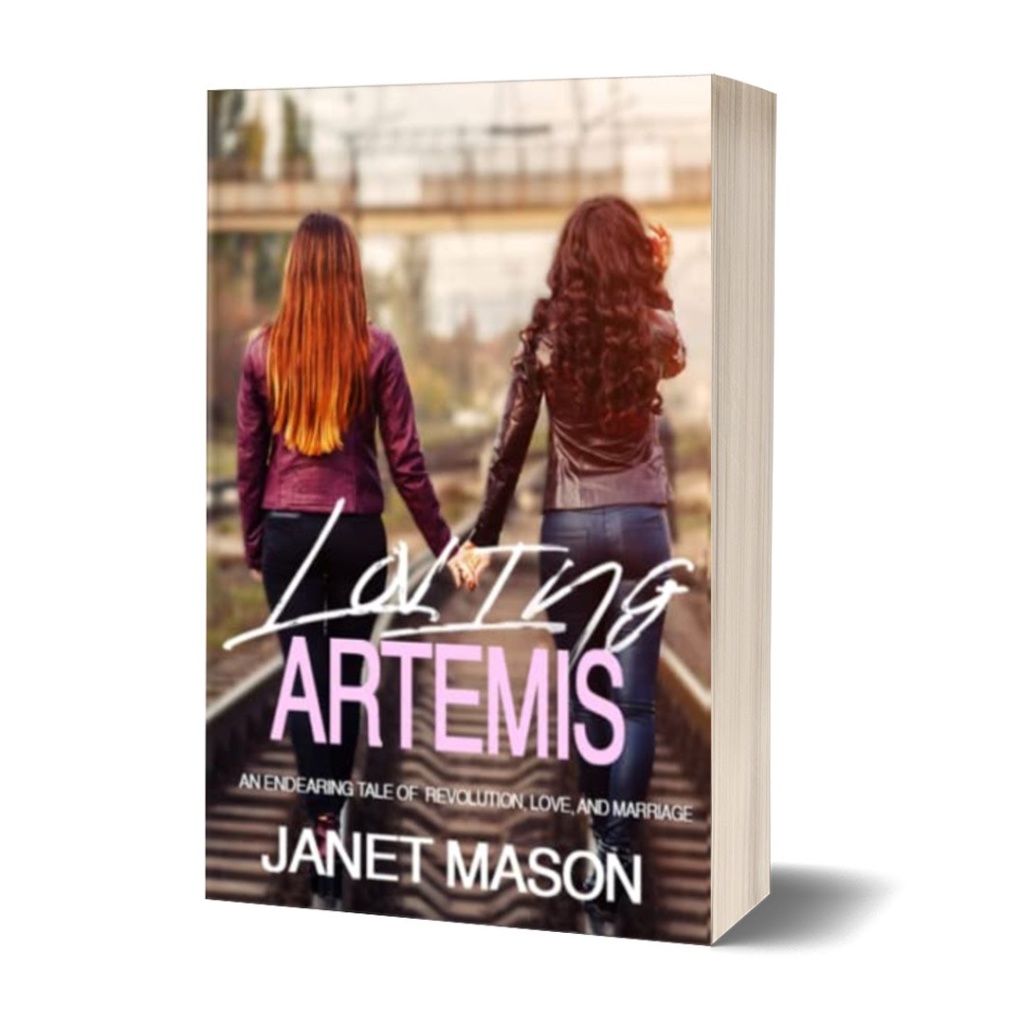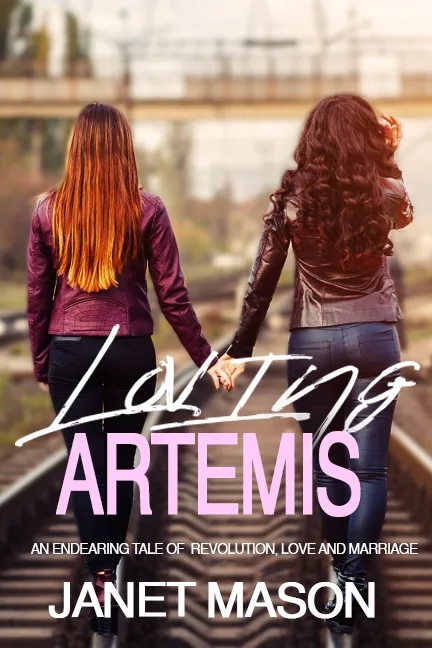Note: I am re-blogging this in honor of World Awareness Day which was on December 1st.
Every now and then comes that rare book that brings your life rushing back to you. How To Survive A Plague: The Inside Story of How Citizens and Science Tamed AIDS by David France (Knopf 2016) is one such book.
The book chronicles the AIDS epidemic from the early 1980s – when the mysterious “gay cancer” started appearing — to 1995 when hard-won advancements in research and pharmaceuticals made AIDS a virus that people lived with rather than a disease that people died from.
It was an epidemic of massive proportions. As France writes:
“When the calendar turned to 1991, 100,000 Americans were dead from AIDS, twice as many as had perished in Vietnam.”

The book chronicles the scientific developments, the entwined politics, and medical breakthroughs in the AIDS epidemic. AIDS (Acquired Immune Deficiency Syndrome) is a chronic infectious condition that is caused by the underlying human immunodeficiency virus known as HIV. The book also chronicles the human toll which is staggering.I came out in 1981 and while the devastation France writes about was not my world, it was very close to my experience.
In my book Tea Leaves, a memoir of mothers and daughters (Bella Books, 2012), I write about how volunteering at an AIDS hospice helped me to care for my mother when she became terminally ill:
“The only caregiving I had done at that point was tending to an old cat and reading poetry to the patients at an AIDS hospice, called Betak, that was in our neighborhood. A friend of ours, who was a harpist, had started a volunteer arts program for the patients. She played the harp, [my partner] Barbara came and brought her drum sometimes, and I read poetry. These were poor people—mostly African American men—who were in the advanced stages of AIDS and close to death. The experience let me see how fast the disease could move.”
In those days, the women’s community (what we then called the lesbian and feminist community) was mostly separate from the gay male community. Understandably, gay men and lesbians had our differences. But there was infighting in every group. Rebellion was in the air, and sometimes we took our hostilities out on each other.
Still, gay men and lesbians were also allies and friends (something that is reflected in France’s writing).
I’ll always remember the time my partner and I took a bus to Washington D.C. with the guys from ACT-UP (the AIDS Coalition to Unleash Power, an international activist group that is still in existence) from Philadelphia to Washington D.C. to protest for reproductive rights. The women then went to protest with ACT-UP at AIDS-related protests. Remember the die-ins in the streets?
One thing that lesbians and gay men had in common was that we lived in a world that was hostile to us. At that time, many gay men and lesbians were in the closet because we were vilified by society and in danger of losing our employment, families, housing and, in more than a few instances, our lives.
AIDS activism necessitated coming out of the closet. Hate crimes against us skyrocketed.
There is much in this book that I did not know, even though I lived through the era. In 1986, in protest of the Bowers v. Hardwick ruling of the US Supreme Court (which upheld a Georgia law criminalizing sodomy – a decision that was overturned in 2003), about 1,000 angry people protested in a small park across from the legendary Stonewall Inn in New York City, where the modern gay rights movement was born after a series of riots that started after a routine police raid of the bar.
At that same time, Ronald Reagan (then president) and the President of France François Mitterrand were celebrating the anniversary of the gift of the Statue of Liberty.
“’Did you hear that Lady Liberty has AIDS?” the comedian [Bob Hope] cracked to the three hundred guests. “Nobody knows if she got it from the mouth of the Hudson or the Staten Island Ferry.’”
“There was a scattering of groans. Mitterand and his wife looked appalled. But not the Reagans. The first lady, a year after the death of her friend Rock Hudson, the brunt of this joke, smiled affectionately. The president threw his head back and roared.”
How to Survive A Plague is told in stories, including the author’s own story. This is apt because the gay rights movement was full of stories and — because of the epidemic — most of those stories were cut short.
Almost every June, my partner and I would be part of the New York Pride Parade and every year we would pause for an official moment to honor our dead. The silence was cavernous.
This silence extended to entire communities. A gay male friend, amazed when his test came back negative, told me that most of his address book was crossed out. He would walk around the “gayborhood” in Center City Philadelphia surrounded by the haunting places where his friends used to live.
And we were all so young then.
When I turned the last page of How To Survive A Plague, I concluded that this is a very well-done book about a history that is important in its own right. The plague years also represent an important part of the American experience. And an understanding of this history is imperative to the future of the LGBT movement.
This piece of commentary was previously aired on This Way Out, the LGBTQ news and culture syndicate headquartered in Los Angeles and published in The Huffington Post.
For more information on my most recent novel Loving Artemis, an endearing tale of revolution, love, and marriage, click here:









